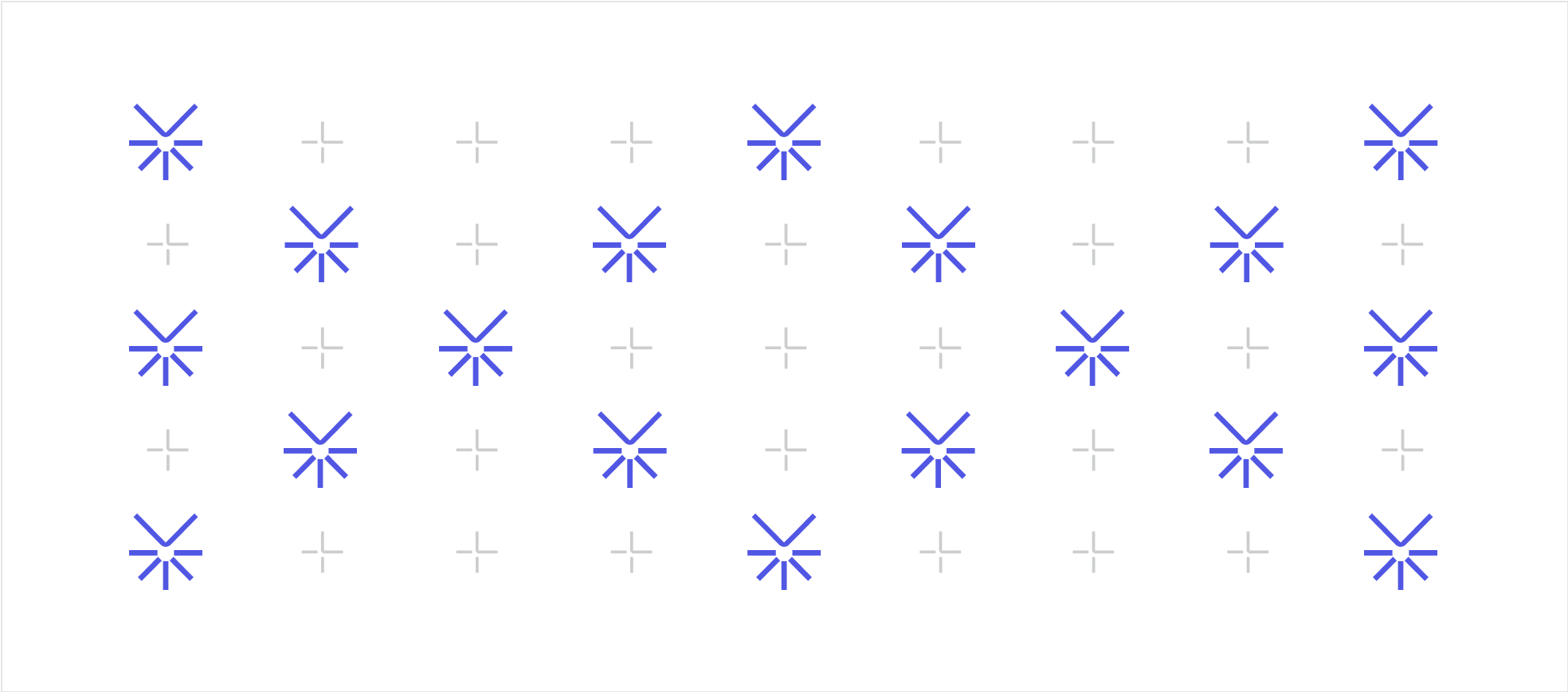Our Services/
Future Threat Research
Artificial intelligence and quantum computing will significantly alter the cyber security threat landscape. Both pose unique challenges on their own and combined they may change cybersecurity completely.
Read More
-
Looking Forward
Anticipating the future provides clarity on how to evolve cyber security and resilience over time. Having a forward looking capability to inform and challenge current practices creates agility in your cyber security posture, allowing it to adapt over time.
One Step Ahead
Taking the time to anticipate the future keeps you one step ahead of advisories and the threats they pose.
Cyber Cert Labs
struct group_info init_groups = { .usage = ATOMIC_INIT(2) }; struct group_info *groups_alloc(int gidsetsize){ struct group_info *group_info; int nblocks; int i; nblocks = (gidsetsize + NGROUPS_PER_BLOCK – 1) / NGROUPS_PER_BLOCK; /* Make sure we always allocate at least one indirect block pointer */ nblocks = nblocks ? : 1; group_info = kmalloc(sizeof(*group_info) + nblocks*sizeof(gid_t *), GFP_USER); if (!group_info) return NULL; group_info->ngroups = gidsetsize; group_info->nblocks = nblocks; atomic_set(&group_info->usage, 1); i| struct group_info init_groups = { .usage = ATOMIC_INIT(2) }; struct group_info *groups_alloc(int gidsetsize){ struct group_info *group_info; int nblocks; int i; nblocks = (gidsetsize + NGROUPS_PER_BLOCK – 1) / NGROUPS_PER_BLOCK; /* Make sure we always allocate at least one indirect block pointer */ nblocks = nblocks ? : 1; group_info = kmalloc(sizeof(*group_info) + nblocks*sizeof(gid_t *), GFP_USER); if (!group_info) return NULL; group_info->ngroups = gidsetsize; group_info->nblocks = nblocks; atomic_set(&group_info->usage, 1); i|
struct group_info init_groups = { .usage = ATOMIC_INIT(2) }; struct group_info *groups_alloc(int gidsetsize){ struct group_info *group_info; int nblocks; int i; nblocks = (gidsetsize + NGROUPS_PER_BLOCK – 1) / NGROUPS_PER_BLOCK; /* Make sure we always allocate at least one indirect block pointer */ nblocks = nblocks ? : 1; group_info = kmalloc(sizeof(*group_info) + nblocks*sizeof(gid_t *), GFP_USER); if (!group_info) return NULL; group_info->ngroups = gidsetsize; group_info->nblocks = nblocks; atomic_set(&group_info->usage, 1); i| struct group_info init_groups = { .usage = ATOMIC_INIT(2) }; struct group_info *groups_alloc(int gidsetsize){ struct group_info *group_info; int nblocks; int i; nblocks = (gidsetsize + NGROUPS_PER_BLOCK – 1) / NGROUPS_PER_BLOCK; /* Make sure we always allocate at least one indirect block pointer */ nblocks = nblocks ? : 1; group_info = kmalloc(sizeof(*group_info) + nblocks*sizeof(gid_t *), GFP_USER); if (!group_info) return NULL; group_info->ngroups = gidsetsize; group_info->nblocks = nblocks; atomic_set(&group_info->usage, 1); i|
struct group_info init_groups = { .usage = ATOMIC_INIT(2) }; struct group_info *groups_alloc(int gidsetsize){ struct group_info *group_info; int nblocks; int i; nblocks = (gidsetsize + NGROUPS_PER_BLOCK – 1) / NGROUPS_PER_BLOCK; /* Make sure we always allocate at least one indirect block pointer */ nblocks = nblocks ? : 1; group_info = kmalloc(sizeof(*group_info) + nblocks*sizeof(gid_t *), GFP_USER); if (!group_info) return NULL; group_info->ngroups = gidsetsize; group_info->nblocks = nblocks; atomic_set(&group_info->usage, 1); i| struct group_info init_groups = { .usage = ATOMIC_INIT(2) }; struct group_info *groups_alloc(int gidsetsize){ struct group_info *group_info; int nblocks; int i; nblocks = (gidsetsize + NGROUPS_PER_BLOCK – 1) / NGROUPS_PER_BLOCK; /* Make sure we always allocate at least one indirect block pointer */ nblocks = nblocks ? : 1; group_info = kmalloc(sizeof(*group_info) + nblocks*sizeof(gid_t *), GFP_USER); if (!group_info) return NULL; group_info->ngroups = gidsetsize; group_info->nblocks = nblocks; atomic_set(&group_info->usage, 1); i|
struct group_info init_groups = { .usage = ATOMIC_INIT(2) }; struct group_info *groups_alloc(int gidsetsize){ struct group_info *group_info; int nblocks; int i; nblocks = (gidsetsize + NGROUPS_PER_BLOCK – 1) / NGROUPS_PER_BLOCK; /* Make sure we always allocate at least one indirect block pointer */ nblocks = nblocks ? : 1; group_info = kmalloc(sizeof(*group_info) + nblocks*sizeof(gid_t *), GFP_USER); if (!group_info) return NULL; group_info->ngroups = gidsetsize; group_info->nblocks = nblocks; atomic_set(&group_info->usage, 1); i| struct group_info init_groups = { .usage = ATOMIC_INIT(2) }; struct group_info *groups_alloc(int gidsetsize){ struct group_info *group_info; int nblocks; int i; nblocks = (gidsetsize + NGROUPS_PER_BLOCK – 1) / NGROUPS_PER_BLOCK; /* Make sure we always allocate at least one indirect block pointer */ nblocks = nblocks ? : 1; group_info = kmalloc(sizeof(*group_info) + nblocks*sizeof(gid_t *), GFP_USER); if (!group_info) return NULL; group_info->ngroups = gidsetsize; group_info->nblocks = nblocks; atomic_set(&group_info->usage, 1); i|

What We Deliver
The Outcomes
Understanding the long-term changes to the threat landscape allows you to adjust your cyber defences in anticipation of new and emerging attacks. By considering how threats will change based on new technologies before they emerge you have the time and space to consider cost effective changes to existing controls.
/
Cyber Defence
Cyber defences need the flexibility to evolve and change as the threat landscape changes. Often new techniques evolve based on technology advances that adversaries are able to access. Considering the long-term trends allows you to future proof your cyber security investments by understanding how to pivot these defences to future threats.
//
Cyber Threat Intelligence
Anticipating future threats is a key part of strategic threat intelligence, allowing you to brief senior decision makers on future investment needs in terms of cyber defence. Looking at long-terms trends and how they may evolve provides an ability to anticipate and consider potential new types of threats.
///
Cyber Training and Development
Including potential future threats as part of the overall cyber training and development within your organisation ensures that cyber security operators have a forward-looking view. This allows a longer period of time to consider how to reposition cyber defences and to get to grips with new techniques before they become mainstream.
////
Cyber Attack Simulation
When conducting cyber-attack simulations, it can be useful to include new and emerging threats based on new technology. Be that a tabletop simulation or a full Breach and Attack Simulation (BAS) including novel threats can help to test defences against potential future threats.
Safeguarding What Matters Most to You
Other Services
At Cyber Cert Labs, we’re here to make cybersecurity straightforward and effective for your business. With specialised skills and a deep understanding of your unique business goals and challenges, we tailor solutions to strengthen your digital defences. Focused on key areas of cybersecurity, we act as your trusted partner, committed to safeguarding what matters most to you.


